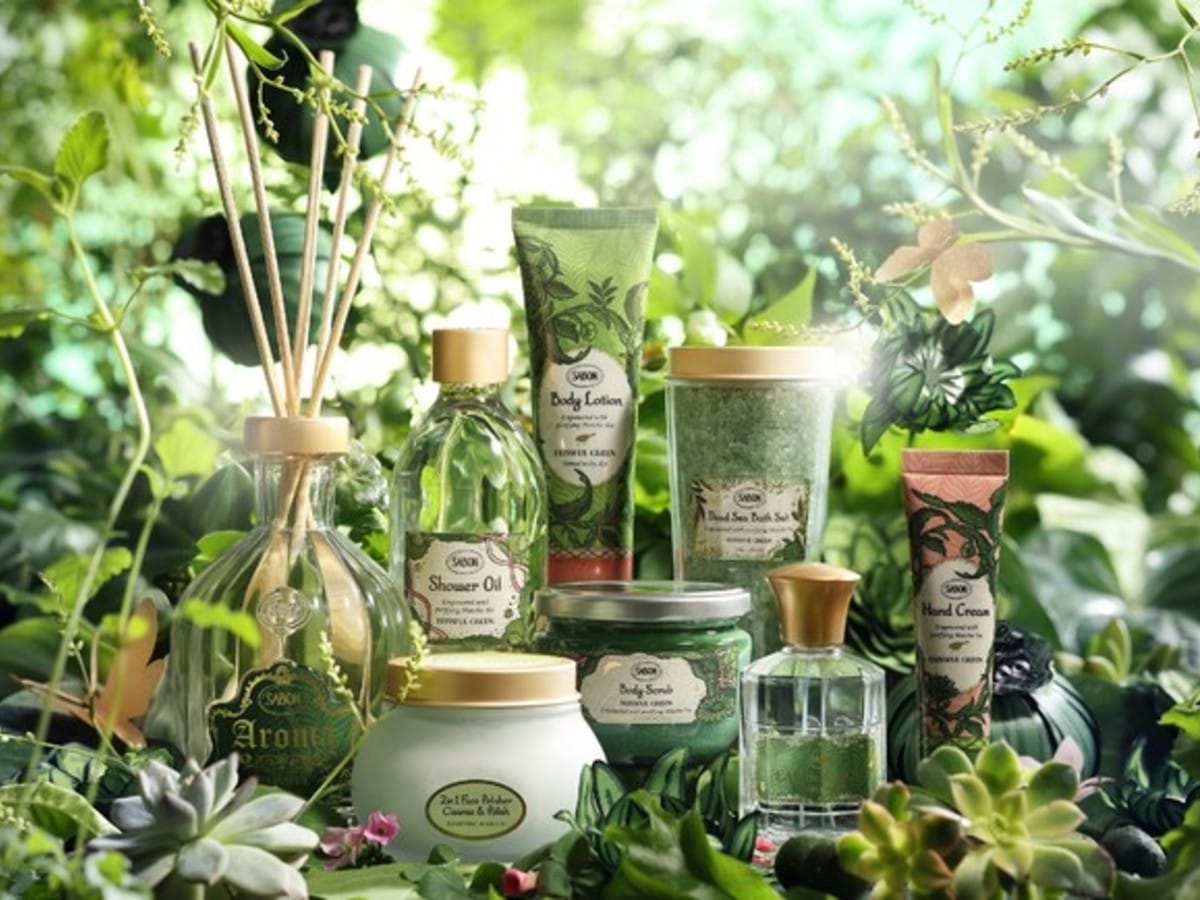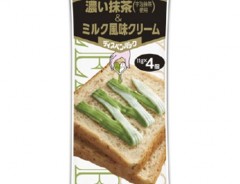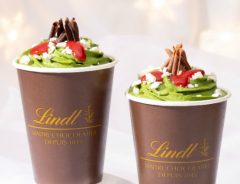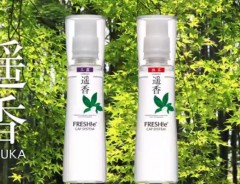
Source: © PR Times, Inc.
Healthy and refreshing: the popularity of Japanese matcha green tea spreads worldwide
Related Article
-

Begin The Morning With ‘Denny’s Uji Matcha Pancake’
-

Häagen-Dazs Opening a Traditional Japanese Sweets Café in Tokyo
-

Matcha Jam Is The New Way For Your Breakfast Toast
-

Lindt Japan Combines Matcha Green Tea with Luxurious Hot Chocolate for Special Christmas Drink
-

The Chic Kyoto Tea House That Reinterpreted Japanese Tea Culture for the Modern Day
-

New Twistable Cap Matcha Delivers Fresh Bottled Tea Experience At Japanese Convenience Stores


It's hard to walk down the aisles of a Japanese supermarket and not pass an extravagant—at least to an ex-pat American—tea section. Naturally, matcha, Japanese green tea, is at the forefront of the offering. Over recent decades, however, matcha has become noticeably popular in foreign countries as well. Is this the result of pop-culture diplomacy magic by MOFA, the Ministry of Foreign Affairs, or are global citizens indeed recognizing something special?
Making matcha
Matcha is a type of green tea. It is a powdered tencha, or beverage, made by adding hot water to it and stirring it. As many are aware, the process has been formalized and celebrated. Indeed, tea ceremonies are serene to experience. Readers can see for themselves in the clip below:
How to make a cup of Matcha. Recipe: Three to four grams of matcha for light tea (usucha), and five to six grams for dark tea (koicha). Heat 1/3 a cup (or 60ml to 70 ml) of hot water to 80 degrees centigrade (176 F). Both usucha and koicha are considered proper types of matcha, but the difference is how much of either powder can be used without making the flavor bitter. In general, Koicha is more expensive but can make for a thick, rich cup of matcha. Usucha, on the other hand, is less expensive and a more common variety. See tea-of-japan.com, the source of this video, for more information.
Frankly, at first, I didn't understand all of the hype behind tea ceremonies and the elegant simplicity of tea. However, over time I realized how calming and refreshing the right cup of tea—made via careful preparation—can be.
That said, the popularity of matcha extends beyond beverages. The powdered tea has found its way into Japanese sweets, Western sweets, and a litany of other desserts and dishes. Such items are routinely the focus of SNS posts such as these:
Strawberry and matcha soft serve ice cream, an exquisite taste.
Matcha beer and wild boar meat are the best.
Haagen-Dazs Matcha Chocolate Cookie ice cream is so delicious. This size isn't enough for me. I finished eating immediately. I prefer the non-mixed version though. I want to stock up!
This is my matcha cream bread snack. It was really delicious!! Springtime matcha sweets are so delicious.
Matcha effect
Indeed, matcha seems to find its way into a number of snacks and morsels. But the fun doesn't stop there. Matcha has many other benefits to offer health and happiness-conscious consumers.
Recently, famous Israeli skincare brand SABON introduced a large number of items incorporating the essence of the esteemed plant. They detailed their Blissful Green lineup in a recent press release.
© PR Times, Inc.
In promoting the product line, SABON described the beneficial attributes of matcha that inspired their investment in the space. Notably, the powder is rich in chlorophyll, catechin, vitamin E, and vitamin C. As such, It is known to have various cosmetological effects on the skin. For starters:
Naturally, several of SABON's Blissful Green beauty products are intended to help promote these benefits.
© PR Times, Inc.
Purifying Face Polisher, 200ml, for 4,950 JPY (tax included).
© PR Times, Inc.
Blissful Green Shower Oil, 300 mL, for 2,750 JPY (tax included).
© PR Times, Inc.
Blissful Green Body Scrub, 320g, 3,740 JPY (tax included).
© PR Times, Inc.
Blissful Green Bath Salt, 300g, 2,860 JPY (tax included).
Matcha products combine a pleasant texture with a naturally soothing aroma. This combination makes for a relaxing experience, whether in a beverage or from a beauty product. Indeed, matcha offers many benefits to users. If you liked to learn more about these products, please visit SABON's Blissful Green website.